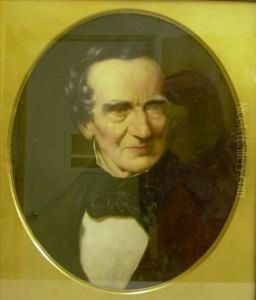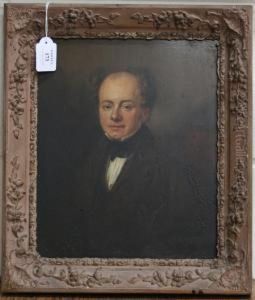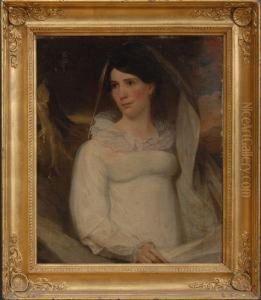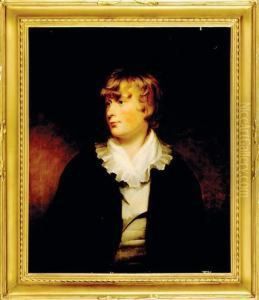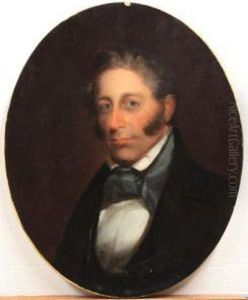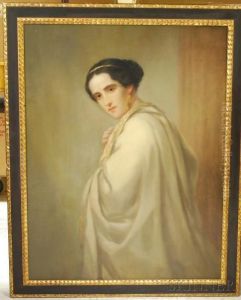Thomas Wicocks Sully Paintings
Thomas Wicocks Sully was a distinguished painter known for his portraits of prominent figures in American society during the 19th century. Born on June 19, 1783, in Horncastle, Lincolnshire, England, Sully immigrated to the United States with his parents in 1792, settling in Charleston, South Carolina. His early exposure to art came from his brother Lawrence, a miniaturist, and later from studying with French painters in Philadelphia, where he moved in 1806. Sully's talent quickly established him as a sought-after portraitist among the American elite.
Sully's style was heavily influenced by the Romantic movement, which emphasized emotion and individualism, as well as the grandeur of nature. He is particularly noted for his ability to capture the personality and elegance of his subjects, often incorporating elements of landscape and dramatic lighting to enhance the mood of his portraits. One of his most famous works is the portrait of Queen Victoria, painted in 1838, which not only gained him international acclaim but also significantly boosted his career, leading to numerous commissions from both American and European patrons.
Throughout his prolific career, Sully painted over 2,000 portraits, including those of notable figures such as Thomas Jefferson, Marquis de Lafayette, and Andrew Jackson. Despite his focus on portraiture, Sully also explored historical and genre painting, though these works were less celebrated. His influence extended beyond his art, as he played a crucial role in nurturing the American artistic community, mentoring young artists and contributing to the establishment of art institutions.
Sully remained active in the art scene until his later years, continuing to paint and exhibit his work. He passed away on November 5, 1872, in Philadelphia, Pennsylvania, leaving behind a legacy that would influence American portrait painting for generations. His works are preserved in major museums across the United States, including the Metropolitan Museum of Art, the Museum of Fine Arts in Boston, and the National Gallery of Art in Washington, D.C., testament to his enduring impact on American art history.
